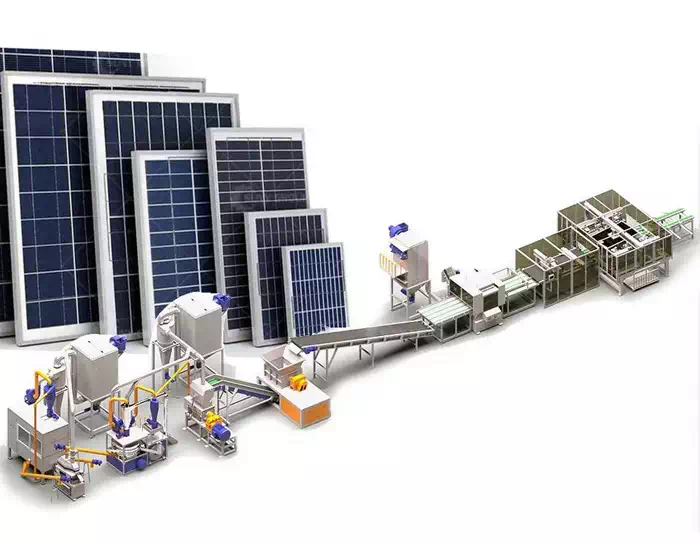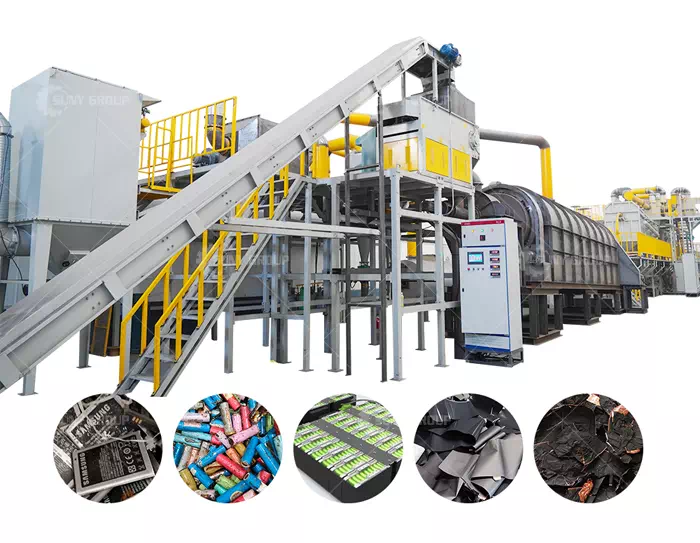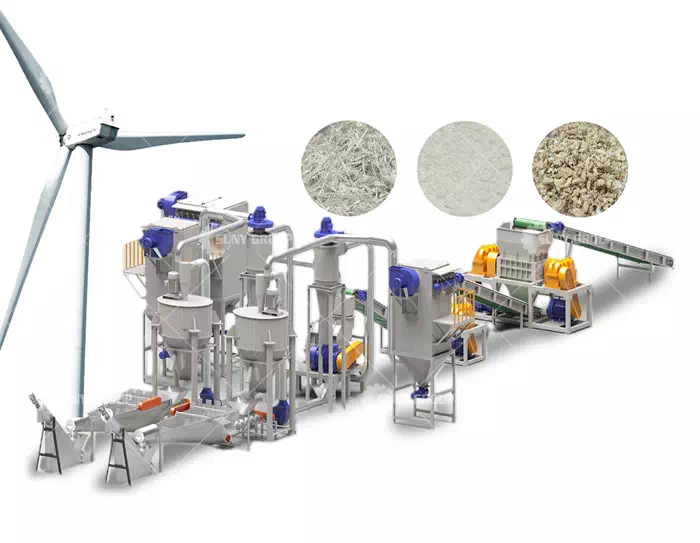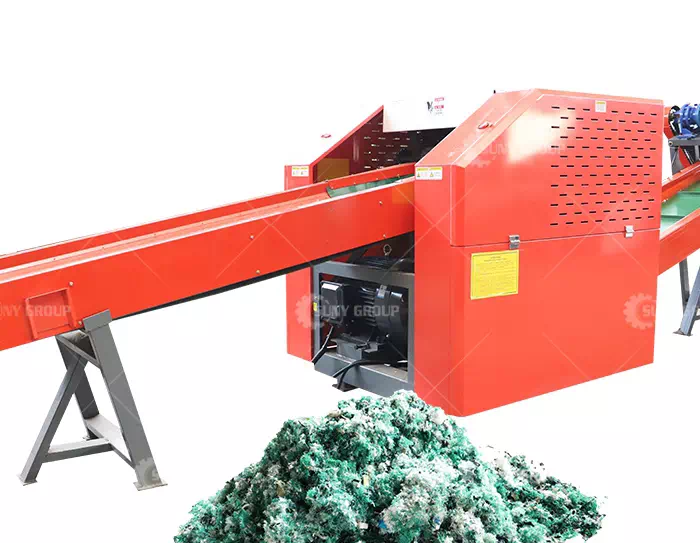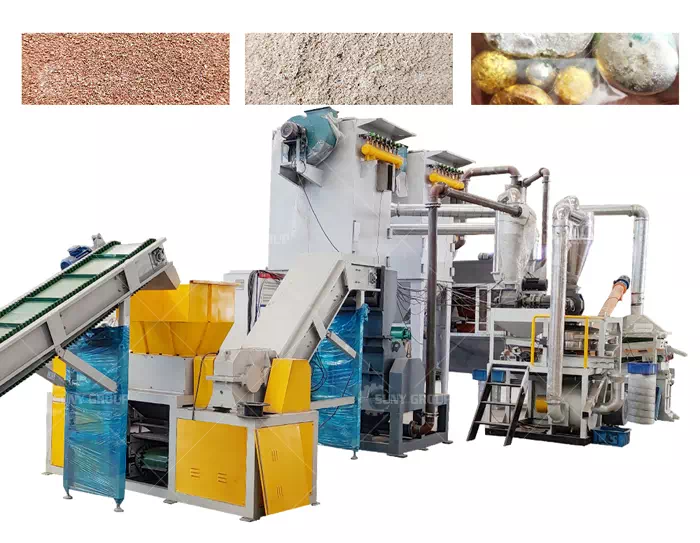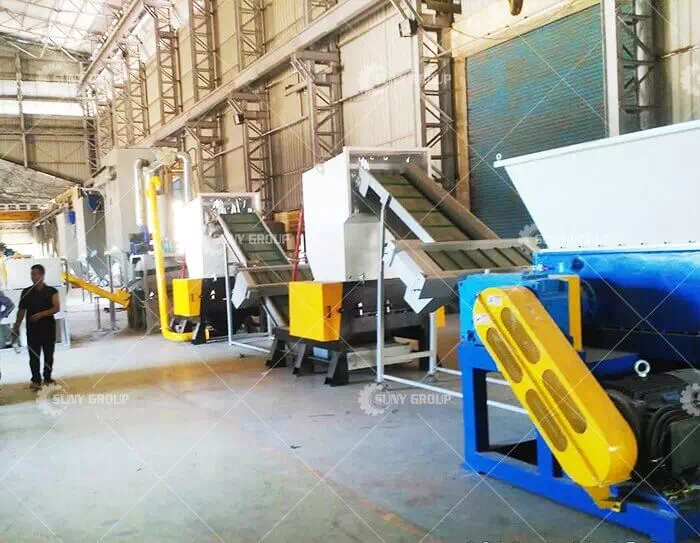Why Sweden Has One of the Highest Recycling Rates in the World?
Sweden has one of the highest recycling rates in the world: in 2017, 99.5% of household waste was diverted from sanitary landfills and recycled in one way or another. This is made possible through the efforts of the Swedish government, municipalities, trade associations, private companies, and a dedicated population.
Laws regulating Sweden’s waste management system can be found in the Swedish Environmental Code. According to Chapter 15, which provides the system’s foundation by defining and regulating all parts and actors in the system, a “waste holder” is defined as anyone who has in their possession a product or material that they discard, intend to discard, or are obligated to discard. This means that waste holders can be individuals, restaurants, schools, or even commercial businesses. This article aims to explain some of the code’s most important laws on solid waste and how they are interpreted and put in practice.
One of the Swedish recycling system’s major assets (and a reason for the country’s high recycling rate) is the population’s environmental consciousness: individuals are used to the idea of separating waste materials generated by their households. While the law only stipulates that the waste holder is responsible for ensuring that the waste is handled in an acceptable manner with regard to human health and the environment, many Swedes go further.
Swedish and European Union legislation establish what is known as the “waste hierarchy,” a set of waste management priorities ranking potential disposal choices in terms of sustainability. The following list, ranked from most to least sustainable option, serves as a guideline to prevent resource depletion and should be considered in order:
Avoid and reduce the generation of waste
Reuse products and materials as much as possible in their current form
Recycle materials into new products
Recover energy from the material
Dispose of waste in a landfill
Anyone who collects, transports, recycles, disposes of, or treats waste must apply and act according to this list.
Another important factor contributing to Sweden’s high recycling rate is its highly functional collection system, which is based on a law dictating producer responsibility. The 1994 ordinance states that anyone who manufactures, transfers or imports a certain type of product must ensure that this product—after being discarded—is collected, transported away, recycled, or disposed of in a healthy and environmentally acceptable manner. The law applies to eight types of materials or product categories: cars (under three tons), car tires, pharmaceuticals, packaging materials, electronics, electric equipment, batteries, and paper (newspapers, magazines and other similar paper products). Even within this group, “packaging materials” includes everything from plastic to colored and non-colored glass, cardboard, and metals such as aluminum, steel, and copper.
Recommend products
CONTACT US:
If you have any requirement or suggestion, please fill in the form and send to us, thanks!E-mail:sunymachine@gmail.com | Whatsapp:+8613674945231


